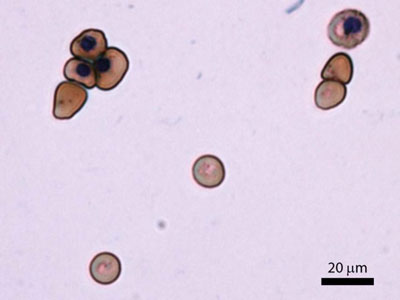 Researchers have successfully corrected a genetic error in stem cells from patients with sickle cell disease, and then used those cells to grow mature red blood cells. The study represents an important step toward more effectively treating certain patients with sickle cell disease who need frequent blood transfusions and currently have few options.
Researchers have successfully corrected a genetic error in stem cells from patients with sickle cell disease, and then used those cells to grow mature red blood cells. The study represents an important step toward more effectively treating certain patients with sickle cell disease who need frequent blood transfusions and currently have few options.
Mar 9th, 2015
Read more
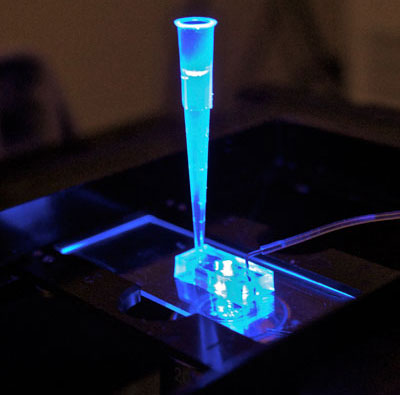 Researchers have created a 'heart-on-a-chip' that effectively uses human cardiac muscle cells derived from adult stem cells to model how a human heart reacts to cardiovascular medications. The system could one day replace animal models to screen for the safety and efficacy of new drugs.
Researchers have created a 'heart-on-a-chip' that effectively uses human cardiac muscle cells derived from adult stem cells to model how a human heart reacts to cardiovascular medications. The system could one day replace animal models to screen for the safety and efficacy of new drugs.
Mar 9th, 2015
Read more
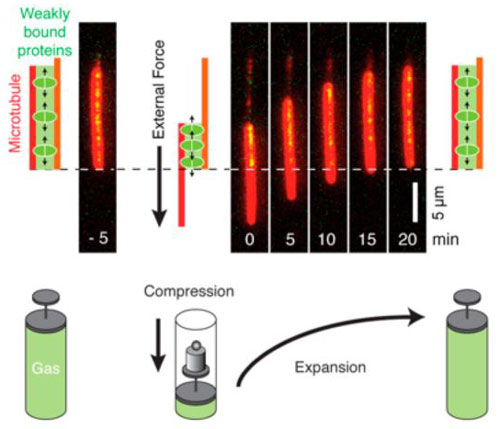 The mechanical basis of mitosis has only been understood in fragments so far.
The mechanical basis of mitosis has only been understood in fragments so far.
Mar 5th, 2015
Read more
Researchers have identified a chemical compound that prevents plants from taking up cesium, thus protecting them from its harmful effects.
Mar 5th, 2015
Read more
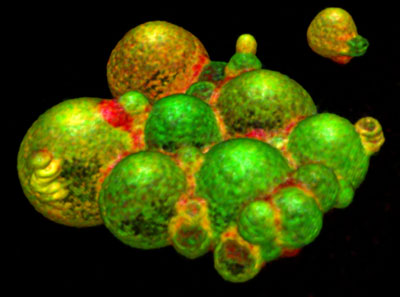 After its success in the first joint call by ERASynBio, the collaborative project Synthetic Glycobiology - new strategies to build and functionalise proto-cells and proto-tissues is now set to receive roughly 1.9 million euros in total funding.
After its success in the first joint call by ERASynBio, the collaborative project Synthetic Glycobiology - new strategies to build and functionalise proto-cells and proto-tissues is now set to receive roughly 1.9 million euros in total funding.
Mar 4th, 2015
Read more
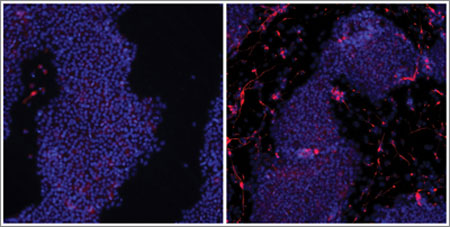 New mechanism for engineering genetic traits governed by multiple genes paves the way for various advances in genomics and regenerative medicine.
New mechanism for engineering genetic traits governed by multiple genes paves the way for various advances in genomics and regenerative medicine.
Mar 4th, 2015
Read more
Researchers have developed a new way of rapidly screening yeasts that could help produce more sustainable biofuels.
Mar 3rd, 2015
Read more
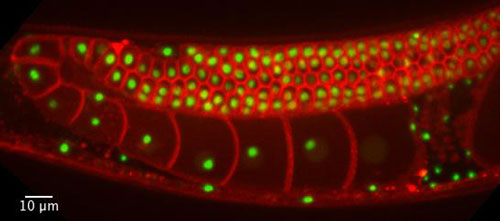 Modern biology has attained deep knowledge of how cells work, but the mechanisms by which cellular structures assemble and grow to the right size largely remain a mystery. Now, Princeton University researchers may have found the key in a dynamic agglomeration of molecules inside cells.
Modern biology has attained deep knowledge of how cells work, but the mechanisms by which cellular structures assemble and grow to the right size largely remain a mystery. Now, Princeton University researchers may have found the key in a dynamic agglomeration of molecules inside cells.
Mar 3rd, 2015
Read more
Scientists have succeeded in producing cartilage formed from embryonic stem cells that could in future be used to treat the painful joint condition osteoarthritis.
Mar 3rd, 2015
Read more
By replacing highly specialized, expensive equipment with standard lab tools, Northwestern University professor Michael Jewett has made synthetic biology research cheaper, faster, and more accessible.
Mar 2nd, 2015
Read more
With the aid of X-ray crystallography, researchers have revealed the structures of two closely related enzymes that play essential roles in the body's ability to metabolize excess lipids, including cholesterol.
Mar 2nd, 2015
Read more
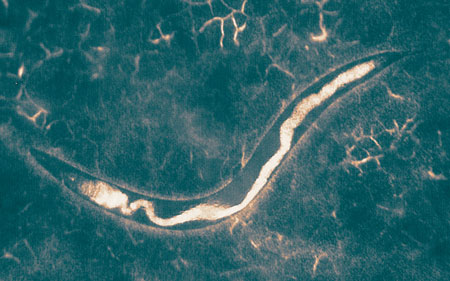 Bacteria that talk to one another and organize themselves into biofilms are more resistant to antibiotics. Researchers are now working to develop drugs that prevent bacteria from communicating. The aim is to find alternatives to antibiotics and reduce the number of antibiotic-resistant bacteria.
Bacteria that talk to one another and organize themselves into biofilms are more resistant to antibiotics. Researchers are now working to develop drugs that prevent bacteria from communicating. The aim is to find alternatives to antibiotics and reduce the number of antibiotic-resistant bacteria.
Mar 2nd, 2015
Read more
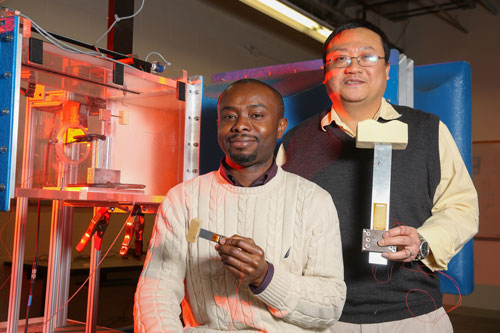 How can a humpback whale and a device that works on the same principle as the clicker that starts your gas grill help an unmanned aerial vehicle (UAV) fly longer and with more stability? Well, it all starts with biological structures called tubercles that the whale uses for its unique maneuvers in the ocean.
How can a humpback whale and a device that works on the same principle as the clicker that starts your gas grill help an unmanned aerial vehicle (UAV) fly longer and with more stability? Well, it all starts with biological structures called tubercles that the whale uses for its unique maneuvers in the ocean.
Mar 2nd, 2015
Read more
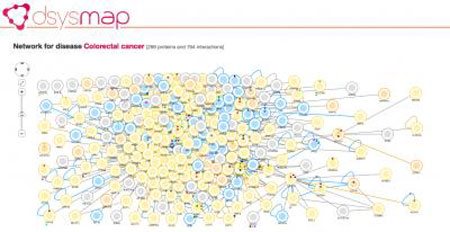 dSysMap, Disease-mutations Systemic Mapping, is a computational tool to interpret the effect of genetic mutations on the development of complex diseases.
dSysMap, Disease-mutations Systemic Mapping, is a computational tool to interpret the effect of genetic mutations on the development of complex diseases.
Feb 27th, 2015
Read more
Researchers have developed a single-step fermentative method for the production of leading cholesterol-lowering drug, pravastatin, which will facilitate industrial-scale statin drug production.
Feb 27th, 2015
Read more
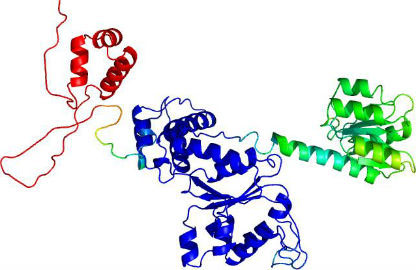 Unable to move and facing starvation, bacteria evolved a new way to activate their flagellum - a rotating tail-like structure which acts like an outboard motor - by patching together a new genetic switch with borrowed parts.
Unable to move and facing starvation, bacteria evolved a new way to activate their flagellum - a rotating tail-like structure which acts like an outboard motor - by patching together a new genetic switch with borrowed parts.
Feb 27th, 2015
Read more
 How do you keep an artificial limb attached to the body? What lab-grown organ have scientists successfully transplanted into patients? You can find the answer to these questions and many more while playing Want to Be a Bioengineer? a game for middle and high school students.
How do you keep an artificial limb attached to the body? What lab-grown organ have scientists successfully transplanted into patients? You can find the answer to these questions and many more while playing Want to Be a Bioengineer? a game for middle and high school students.
Feb 25th, 2015
Read more
Scientists have shed new light on the fundamental biological process of cell division, thanks to an emerging analytical method.
Feb 25th, 2015
Read more
 Researchers have successfully corrected a genetic error in stem cells from patients with sickle cell disease, and then used those cells to grow mature red blood cells. The study represents an important step toward more effectively treating certain patients with sickle cell disease who need frequent blood transfusions and currently have few options.
Researchers have successfully corrected a genetic error in stem cells from patients with sickle cell disease, and then used those cells to grow mature red blood cells. The study represents an important step toward more effectively treating certain patients with sickle cell disease who need frequent blood transfusions and currently have few options.
 Subscribe to our Biotechnology News feed
Subscribe to our Biotechnology News feed








